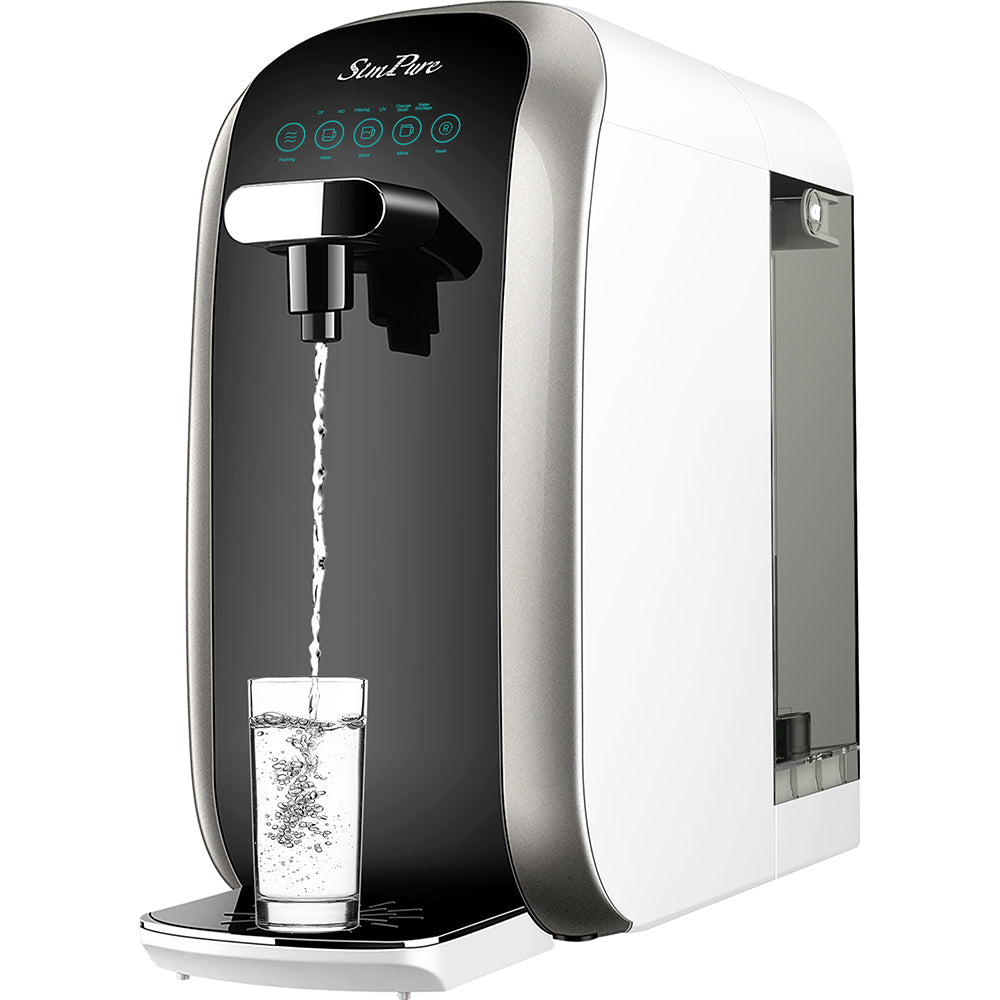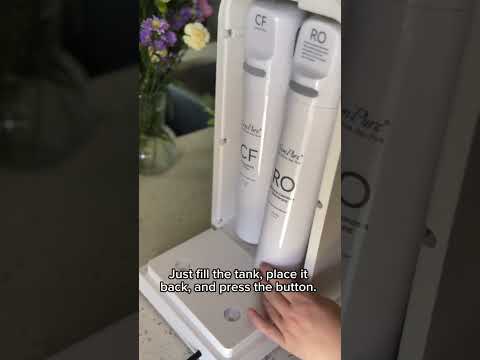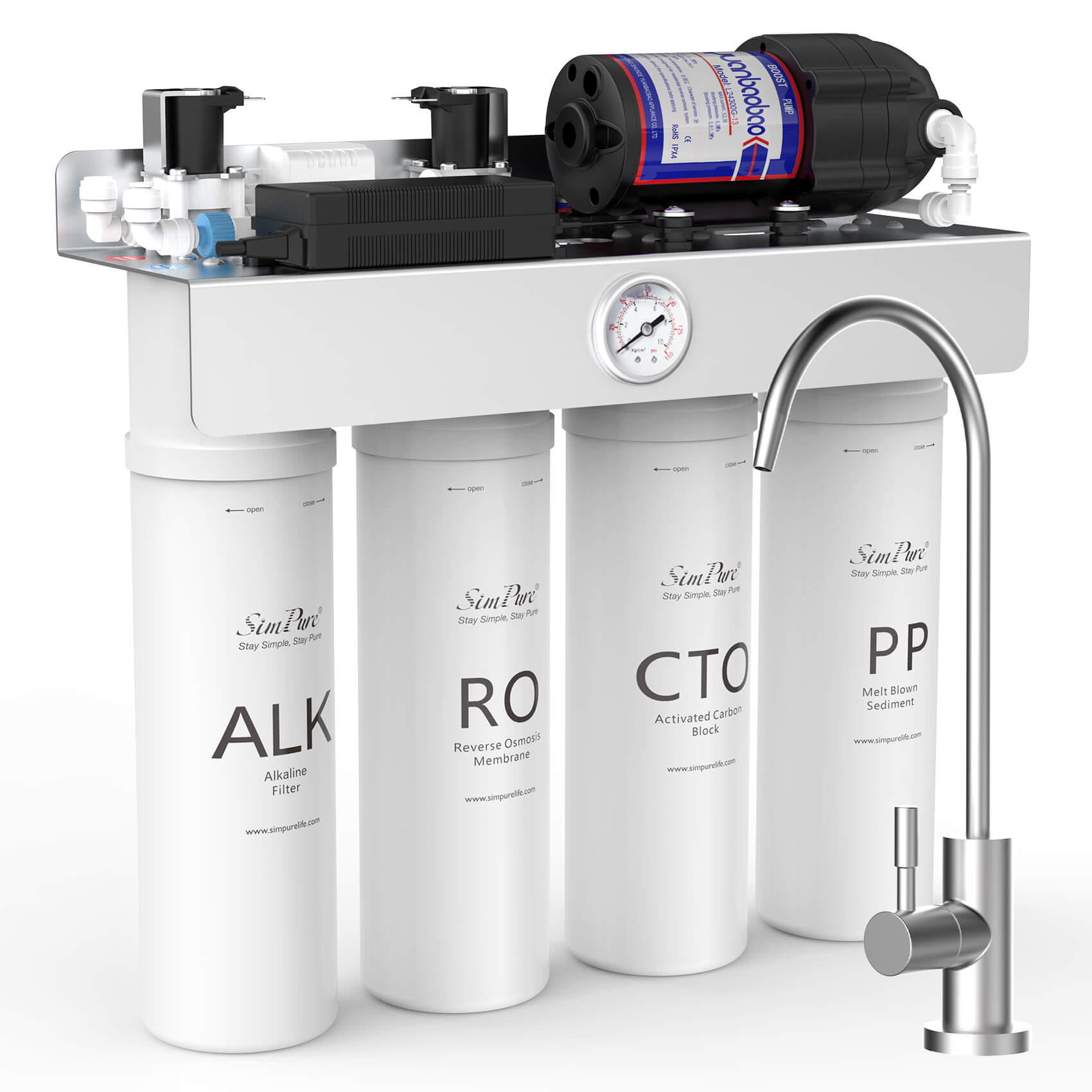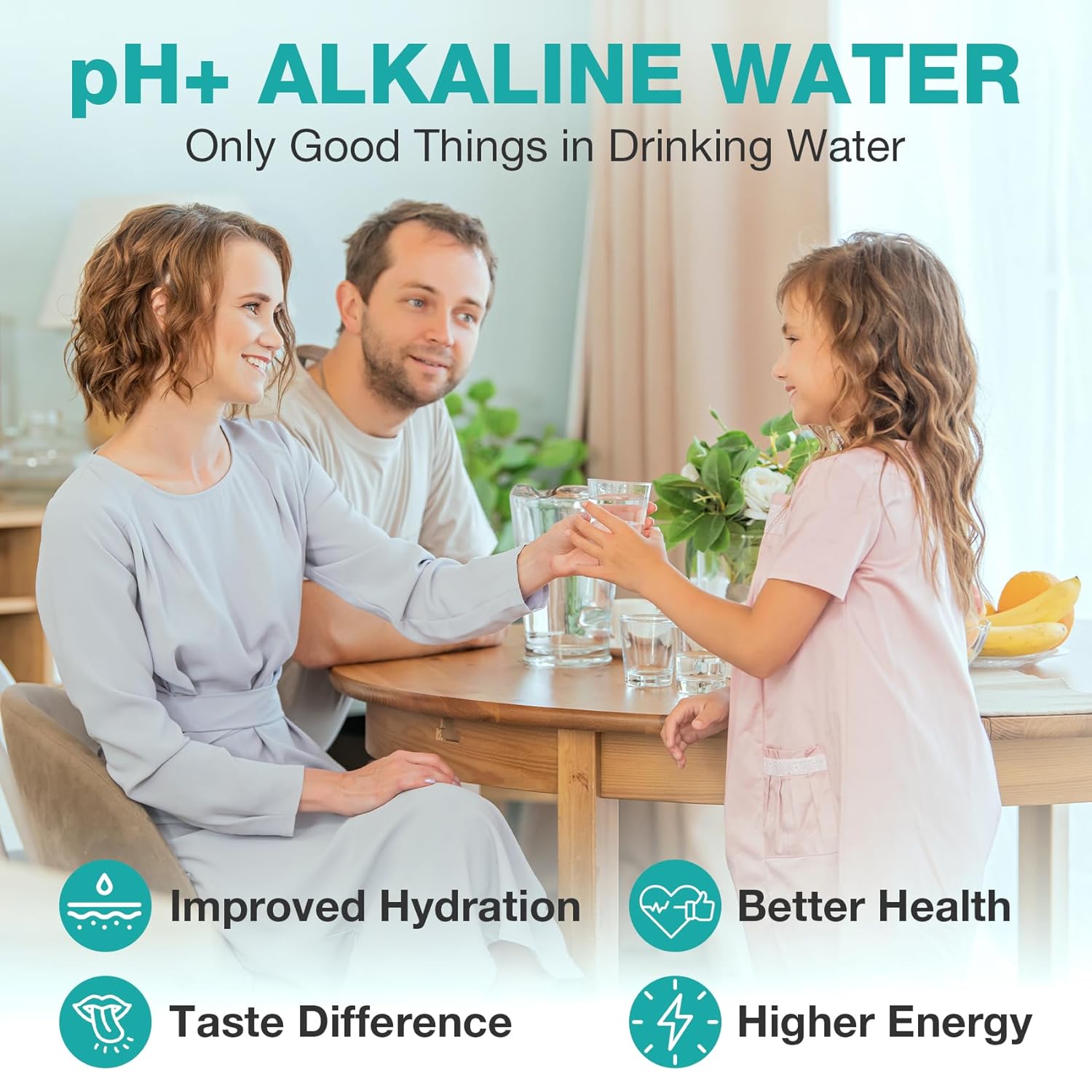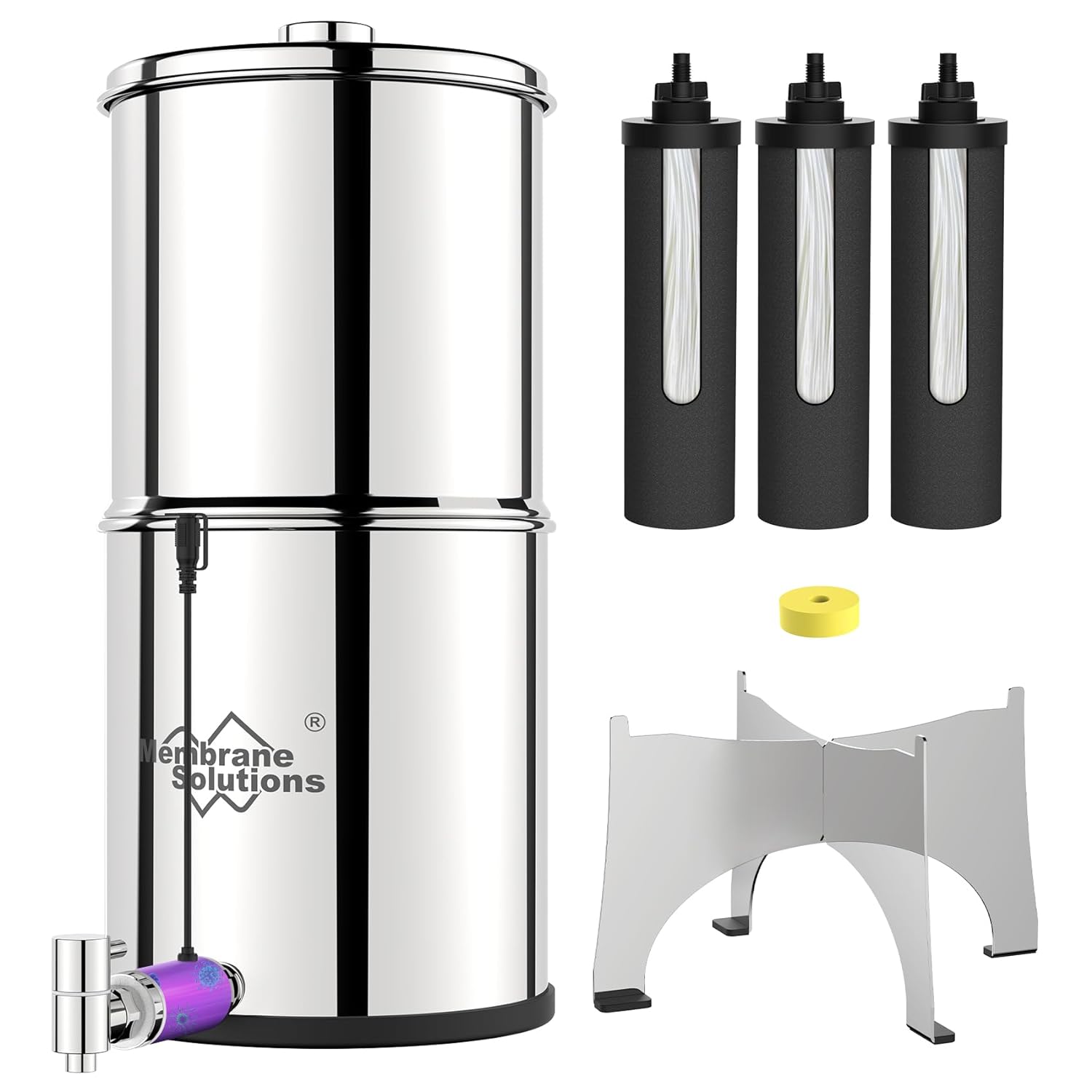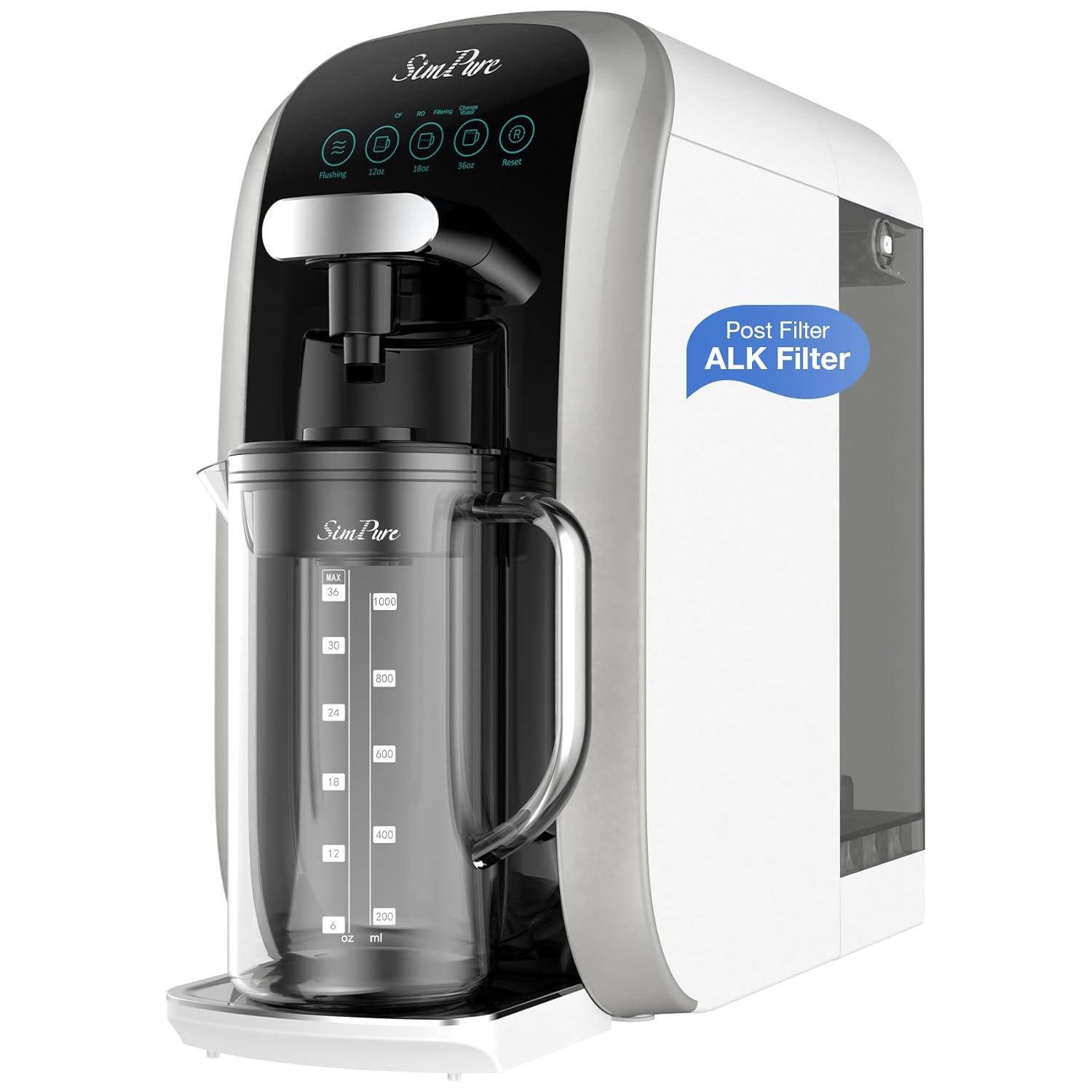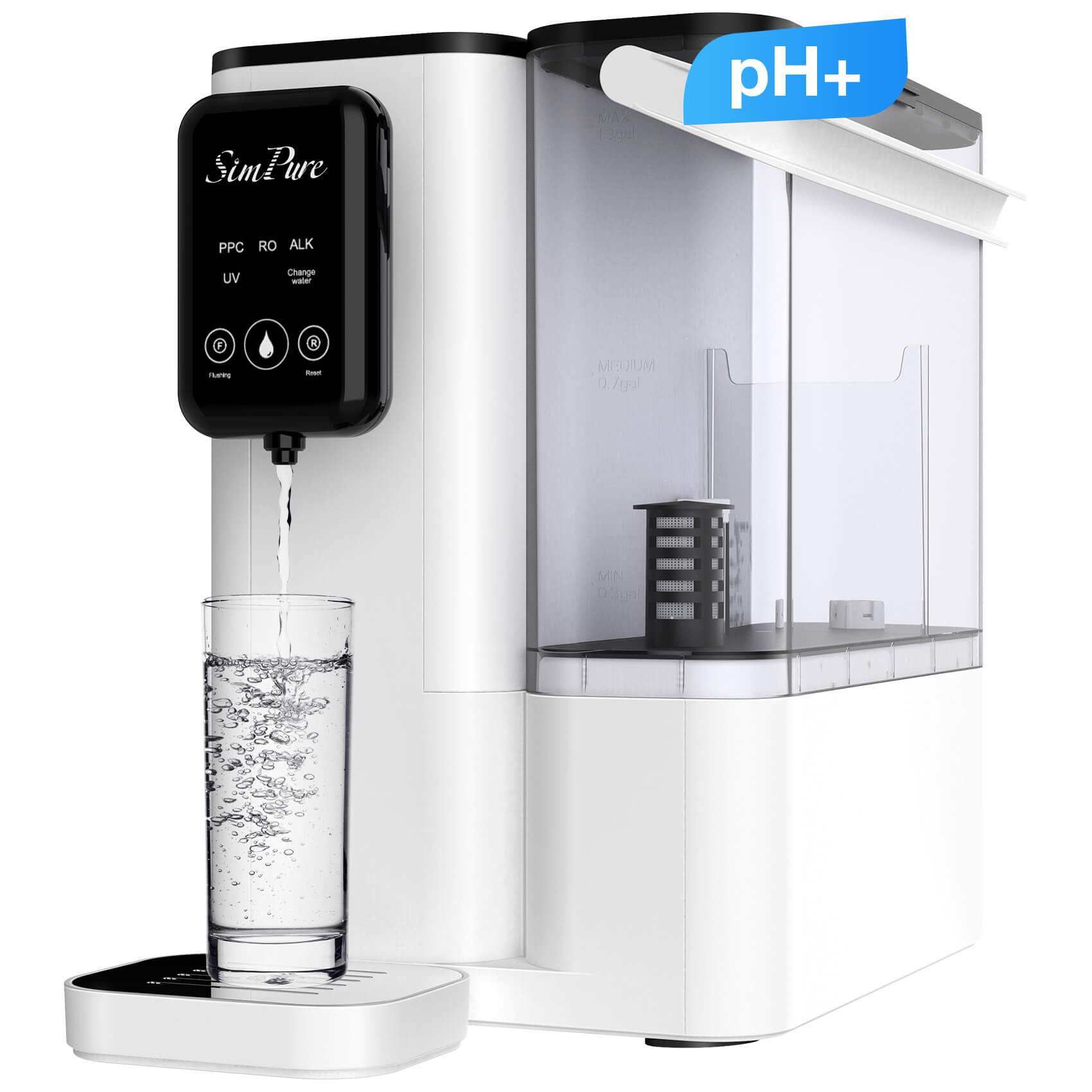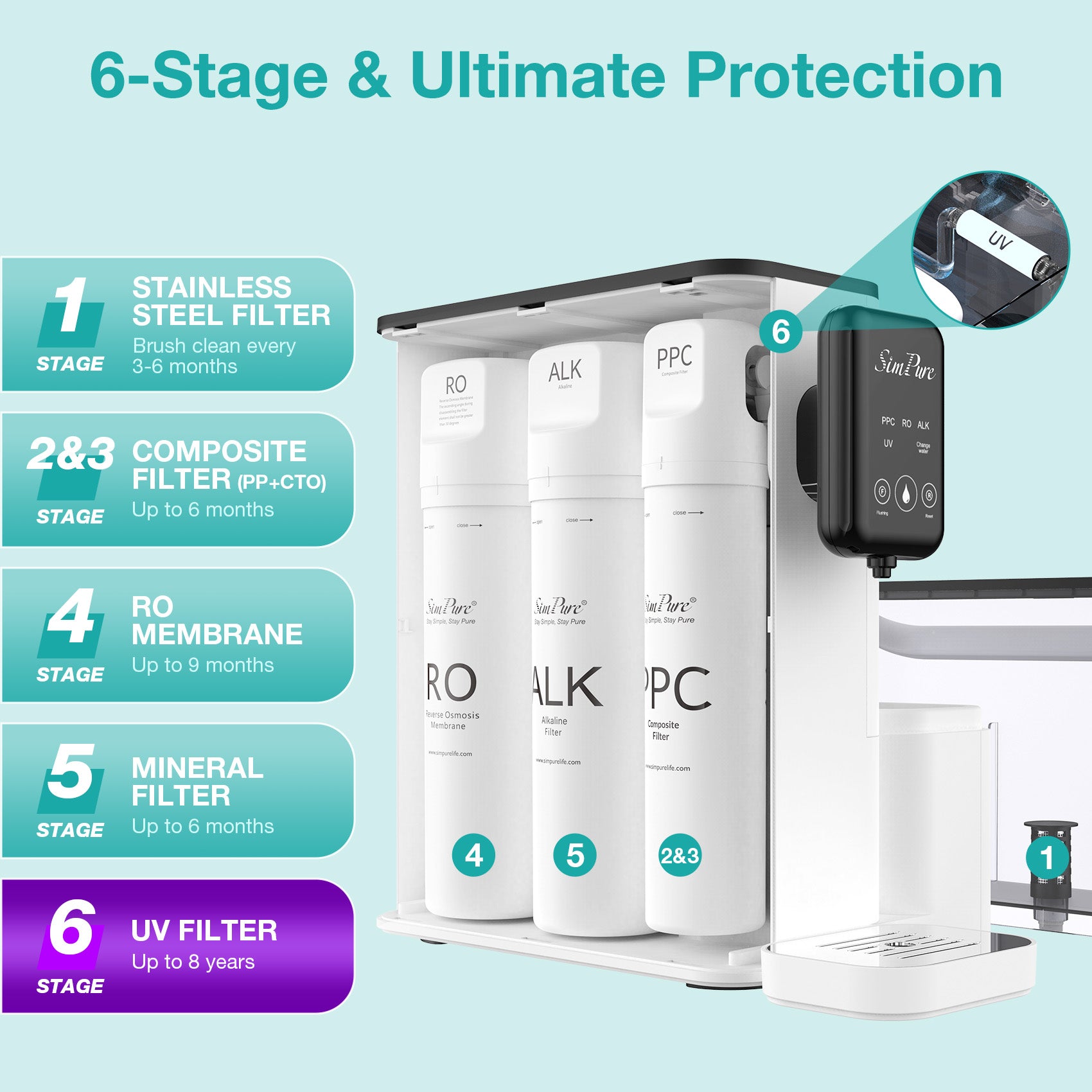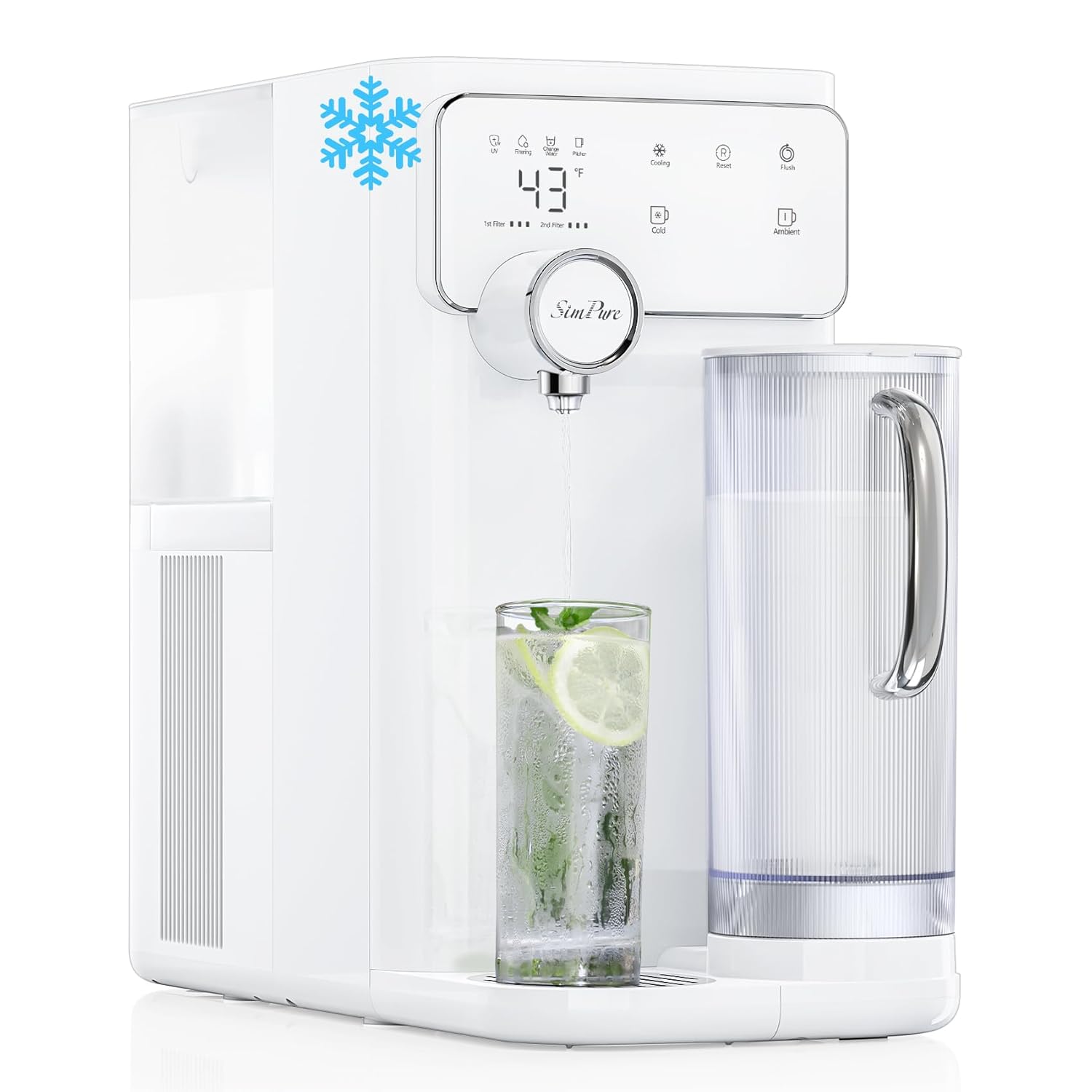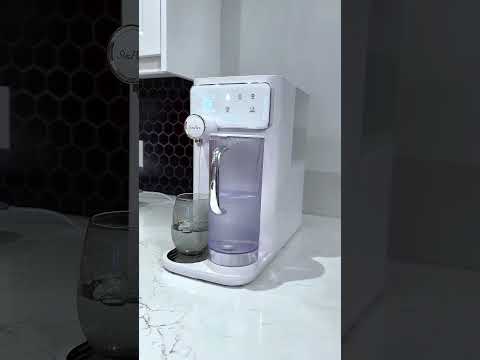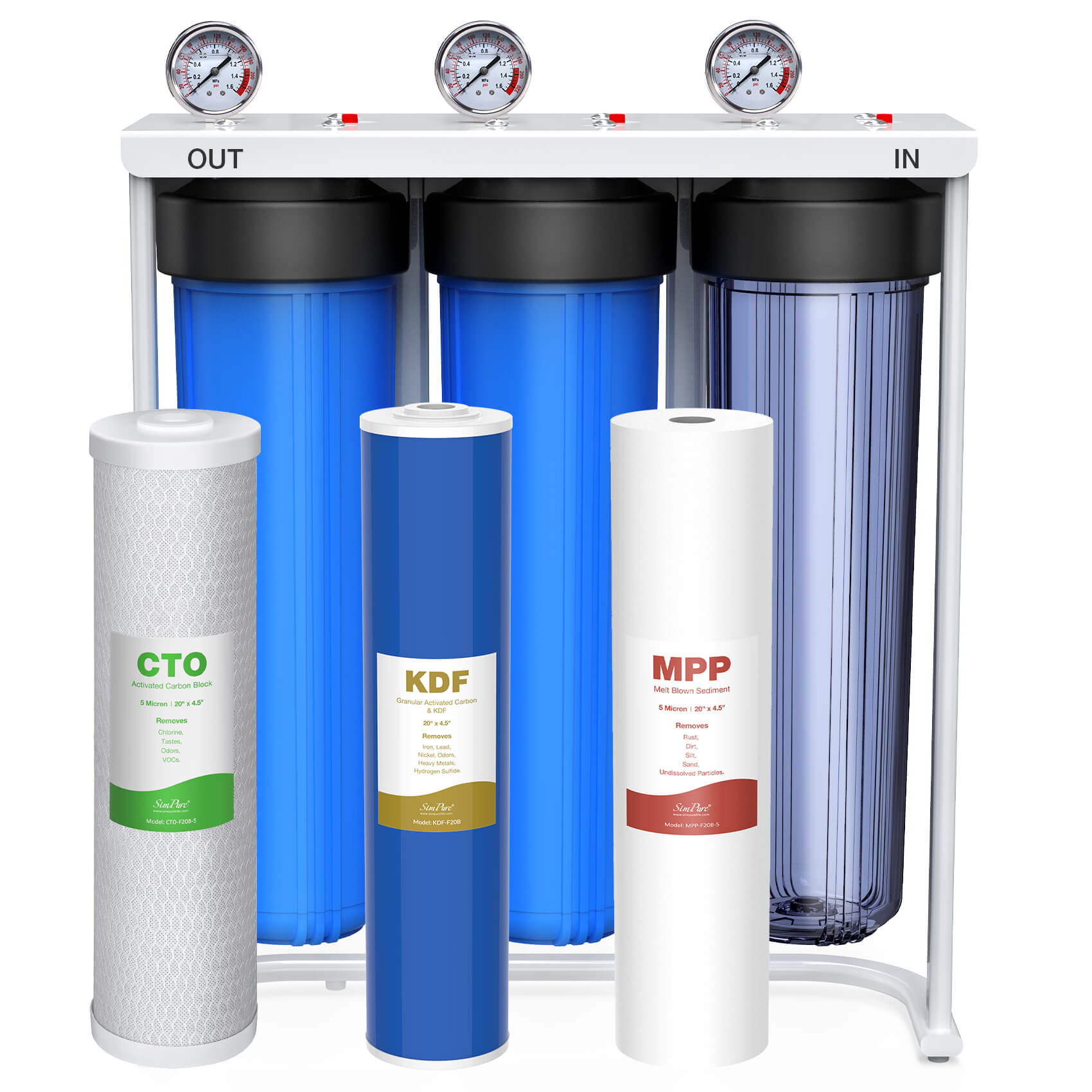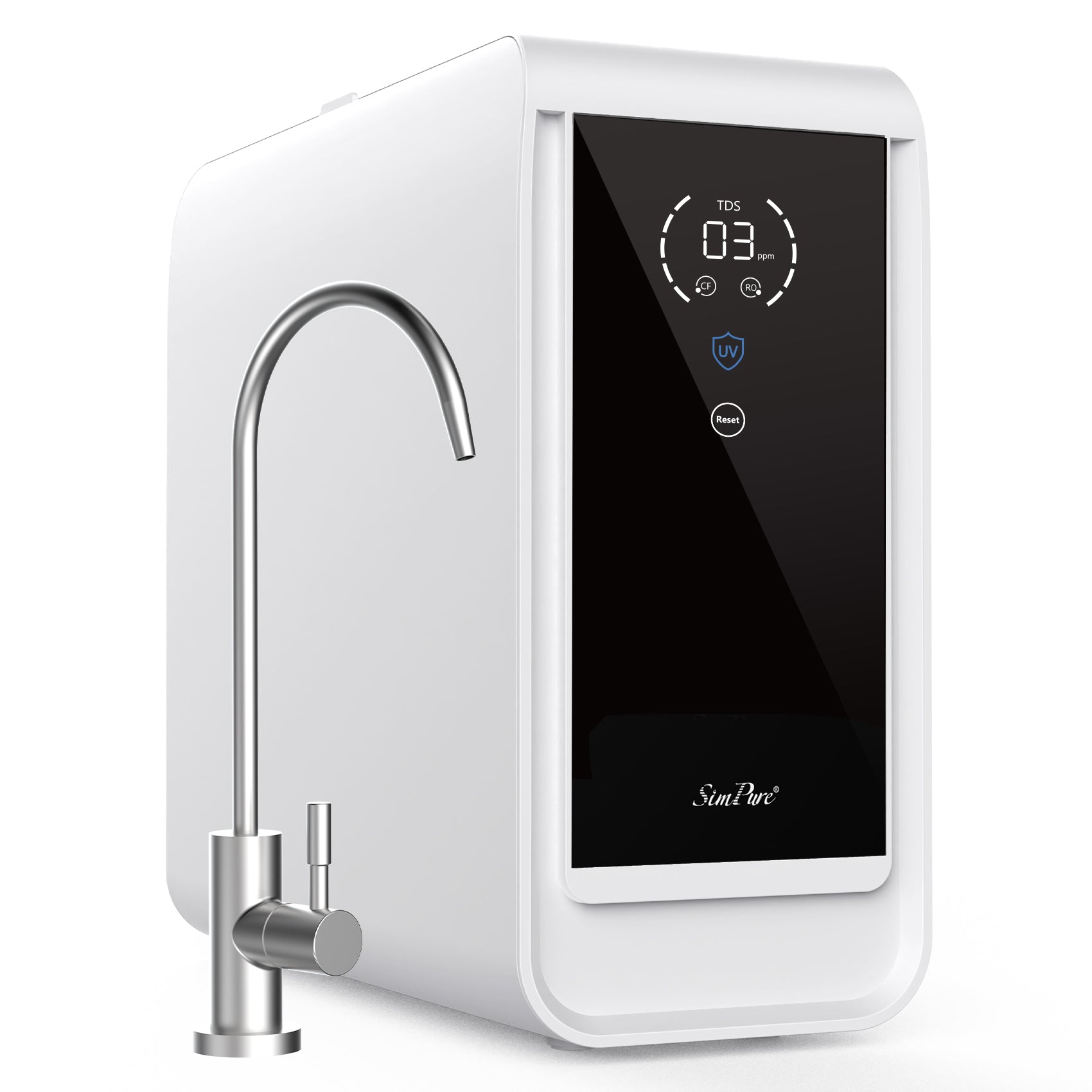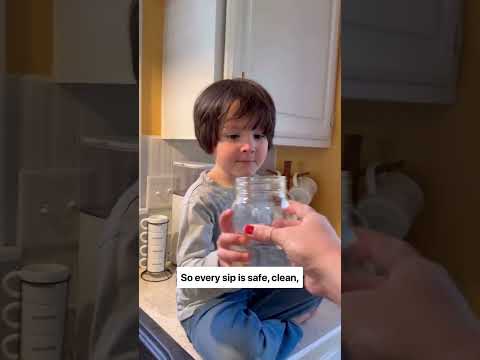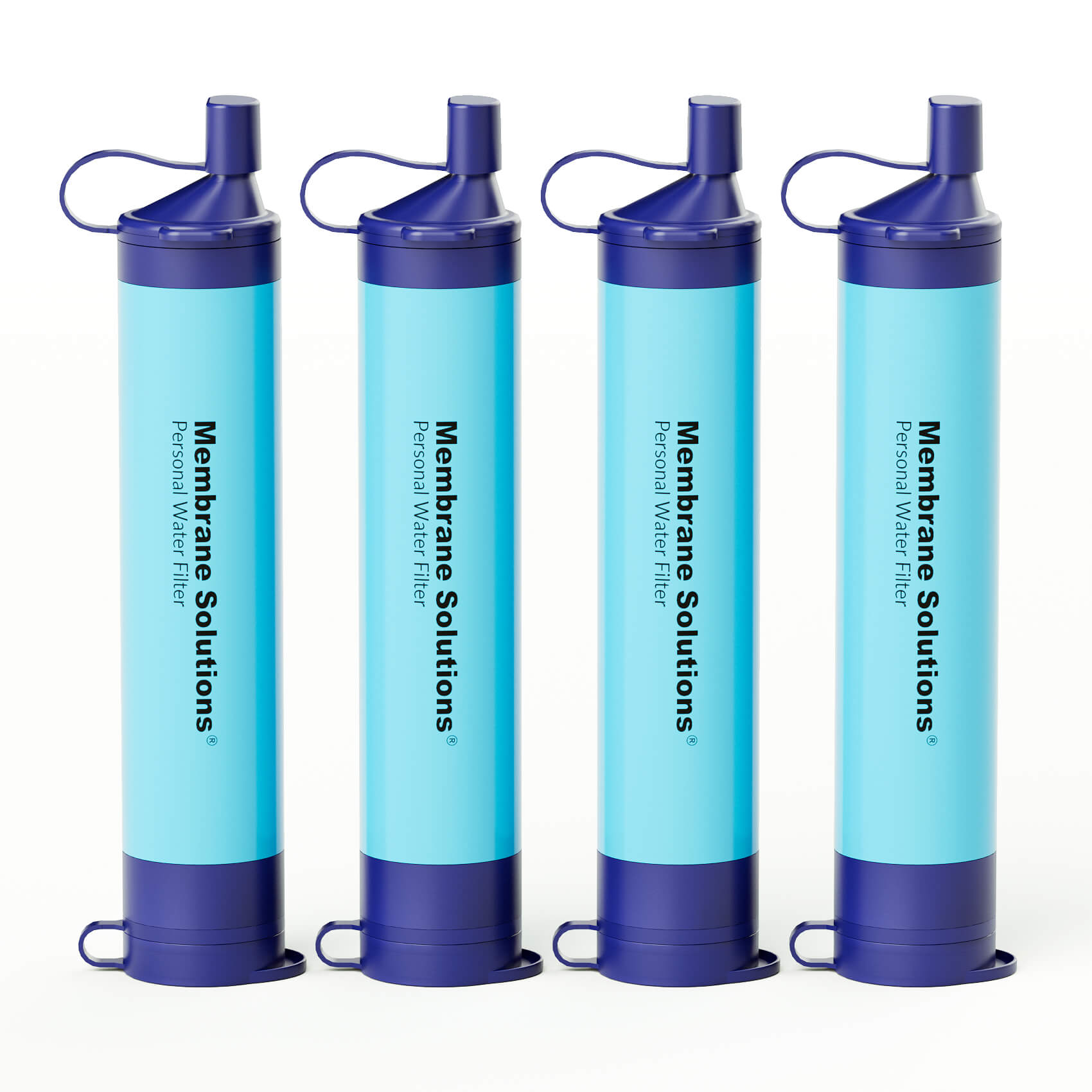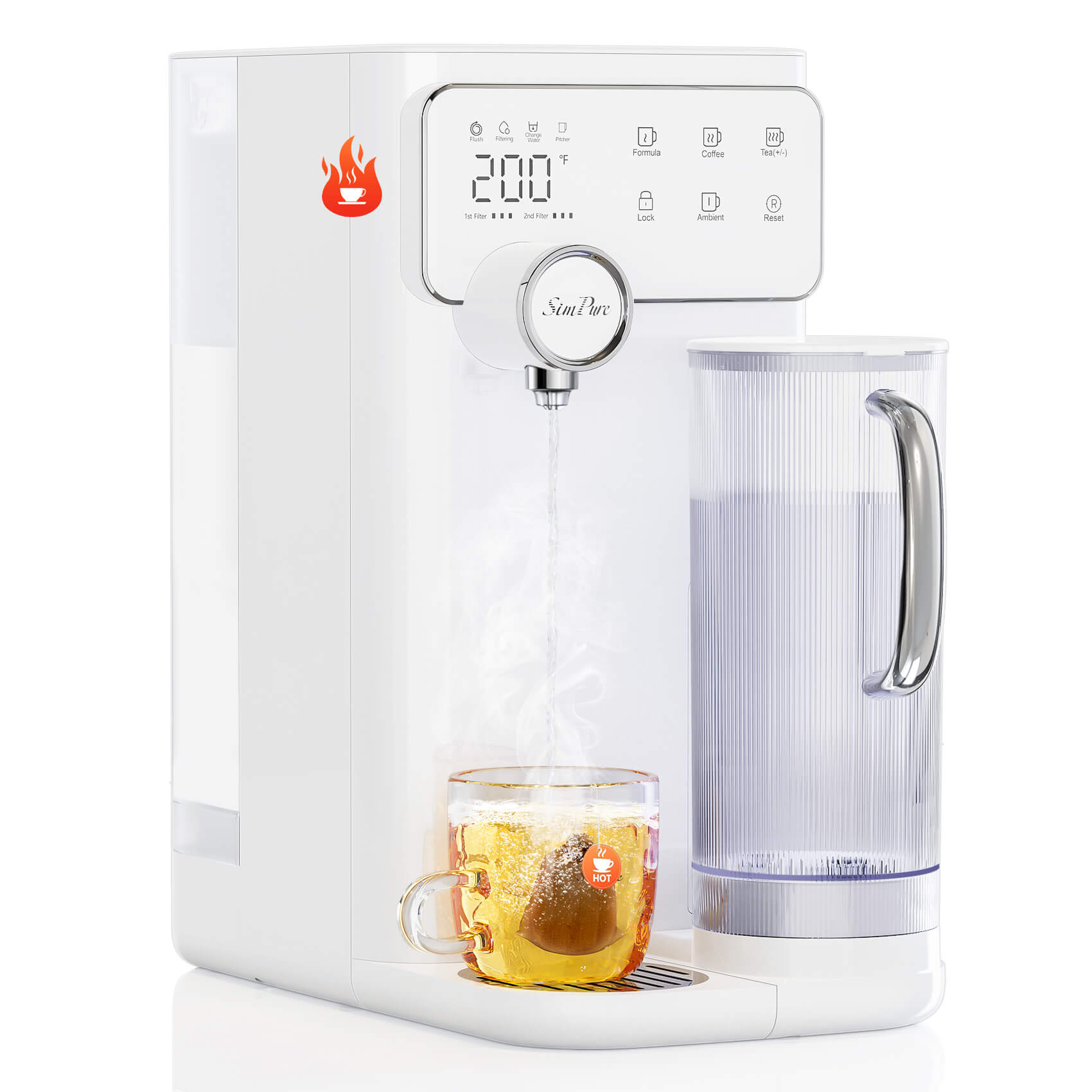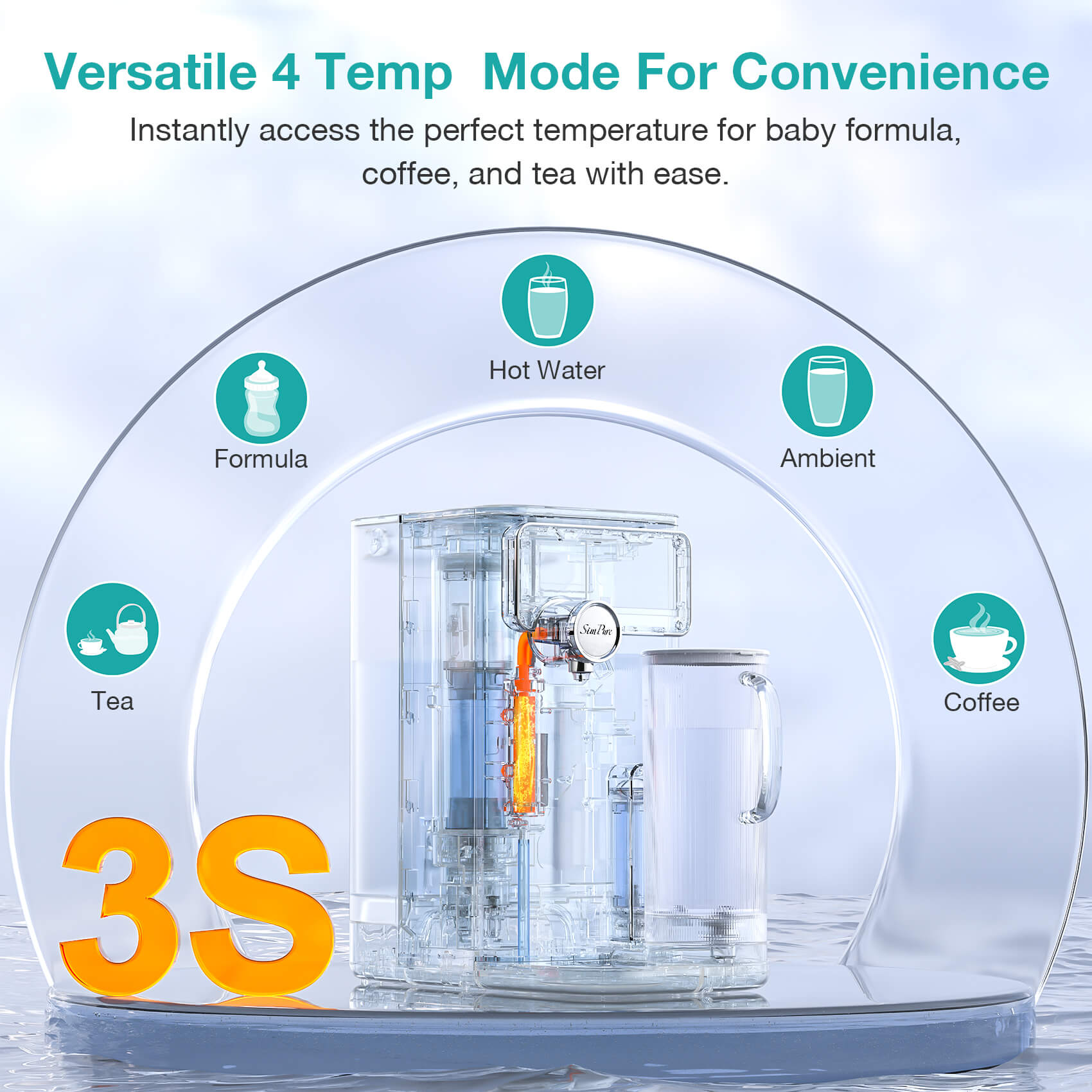Among many water purification methods, reverse osmosis (RO) stands out as one of the most effective. But with so many choices available, many consumers are left wondering: what is the best reverse osmosis filtration system?
Let’s explore what makes a reverse osmosis system the “best” — and more importantly, how to choose the one that’s right for you.
Why Choose a Reverse Osmosis Filtration System?
To understand why reverse osmosis system is so highly recommended, we need to take a look at the main filtration technologies used in home water purifiers. The easiest way to differentiate between them is by the size of their filtration pores. The smaller the pore size, the more contaminants are removed. These technologies, listed from the largest to the smallest pore size, include:
- Microfiltration (MF)
Pore Size: 0.1–50 microns
Working Principle: Physical barrier filtration, removing large particles like sand, rust, and visible sediments.
Applications: Often used in PP filters and activated carbon pre-filters. You’ll find these in pre-filters or simple whole-house filters like the Big Blue series.
Limitations: Cannot remove bacteria, viruses, or heavy metals. Suitable for households with very clean incoming water or as a basic solution — for example, SimPure’s V7 model uses a multi-stage microfiltration process for removing large particles, chlorine, and odors.
- Ultrafiltration (UF)
Pore Size: 0.001–0.1 microns
Working Principle: Membranes filter out bacteria, viruses, and larger organic molecules using pressure.
Applications: Common in industrial applications; for household use, it's best suited for areas with good water quality.
Considerations: Cannot remove heavy metals or PFOS. Be cautious about the UF filter material—PES, PVC, and PP are better suited for home use.
- Nanofiltration (NF)
Pore Size: 0.01–0.001 microns
Working Principle: Filters using a mix of size exclusion and electrostatic charge, removing bacteria, viruses, and some heavy metals, while retaining some minerals.
Applications: Less common for household use due to higher cost. Mostly found in outdoor filters or niche customized solutions.
- Reverse Osmosis (RO)
Pore Size: 0.0001 microns
Working Principle: Using a high-pressure pump, water is pushed through a semi-permeable membrane, allowing only water molecules to pass and blocking nearly all other contaminants.
Advantages: The most thorough filtration available today, producing high-quality drinking water. Requires electricity and generates wastewater as a byproduct. Ideal for households needing guaranteed safe water regardless of source quality.
From a technical perspective, RO (reverse osmosis) water purifiers have the smallest pore size, which means they can remove the most impurities and produce the cleanest water possible, making them the best choice for those who prioritize water purity.
What Can Be Called the Best RO Systems?
There are several important factors to consider to ensure you get the best performance and value. Here’s a quick guide to help you make an informed decision:
Key Takeaways for the Best RO Systems:
- Higher filtration stages and 99%+ contaminant removal.
- Lower water waste and faster flow rates.
- Larger storage tanks or tankless systems for more convenience.
- Longer-lasting filters with easy maintenance.
- Certification by NSF/ANSI for proven safety and performance.
- Additional advanced features, such as UV or remineralization filters for improved taste and health benefits.
1. Filtration Performance
Best: High-stage filtration systems (5-8 stages), which remove a wide variety of contaminants, including bacteria, viruses, heavy metals, chlorine, fluoride, and pesticides. The filtration performance should reach up to 99% contaminant removal.
Worst: Systems with fewer stages or poor-quality filters that miss contaminants or only remove a limited number of impurities. Systems that don’t meet high removal standards (e.g., less than 90%) are considered less effective.
2. Water Output & Flow Rate
Best: High flow rates that meet the demands of larger households, and low waste-to-water ratios (such as 1:1 or even less in some systems). Tankless RO systems are an excellent choice here.
Worst: Systems with slow water output or excessive water waste. Some systems waste up to 4 gallons of water for every gallon filtered, which is inefficient and costly.
3. Tank Size and Capacity
Best: Larger storage tanks or tankless systems that don’t require a reservoir and provide instant access to filtered water, especially in homes with higher water usage.
Worst: Small or inadequate tanks that leave you with limited access to water, especially during peak demand times. If the tank size doesn't match your needs, you may run into issues with water scarcity.
4. Water Quality & Taste
Best: Systems that not only remove contaminants but also remineralize the water, providing essential minerals like calcium and magnesium, which improves taste and health benefits.
Worst: Systems that leave water tasting flat or acidic, lacking in minerals. Some RO systems can strip beneficial minerals from the water, resulting in poor taste and possible health concerns.
5. Filter Lifespan & Maintenance
Best: Filters with long lifespans, requiring replacement only once a year or less. Easy-to-replace filters or systems with self-cleaning features are ideal, minimizing maintenance effort and cost.
Worst: Systems with short filter lifespans that require frequent replacements or difficult-to-change filters. This leads to higher maintenance costs and inconvenience.
6. Installation & Space Requirements
Best: Easy-to-install systems with compact designs, including tankless RO systems or models that don't require extensive plumbing work.
Worst: Bulky systems that take up significant space under the sink or those requiring complicated installation, potentially leading to extra costs or difficulties during setup.
7. Certifications and Standards
Best: RO systems certified by NSF and ANSI, meeting rigorous safety and performance standards. This guarantees that the system effectively removes contaminants as advertised.
Worst: Systems lacking certifications or misleading claims about their filtration capabilities. These systems may not meet the required standards and may fail to deliver promised results.
8. Durability and Build Quality
Best: High-quality materials (such as food-grade plastic or stainless steel) that ensure longevity, and a solid warranty (3-5 years) for peace of mind.
Worst: Systems made from low-quality materials that wear out quickly, leading to performance issues and needing more repairs or replacements. A system with no warranty or a short warranty period is a red flag.
9. Cost and Value for Money
Best: A reasonable upfront cost that balances filtration performance, durability, and long-term cost efficiency (including low maintenance and long filter lifespan).
Worst: Systems with a low upfront cost but poor quality, leading to frequent repairs or short filter lifespan. These may seem cheaper initially but cost more in the long run due to high maintenance costs.
10. Additional Features
Best: Features like UV sterilization, alkaline remineralization, or smart monitoring apps for tracking filter performance and water quality.
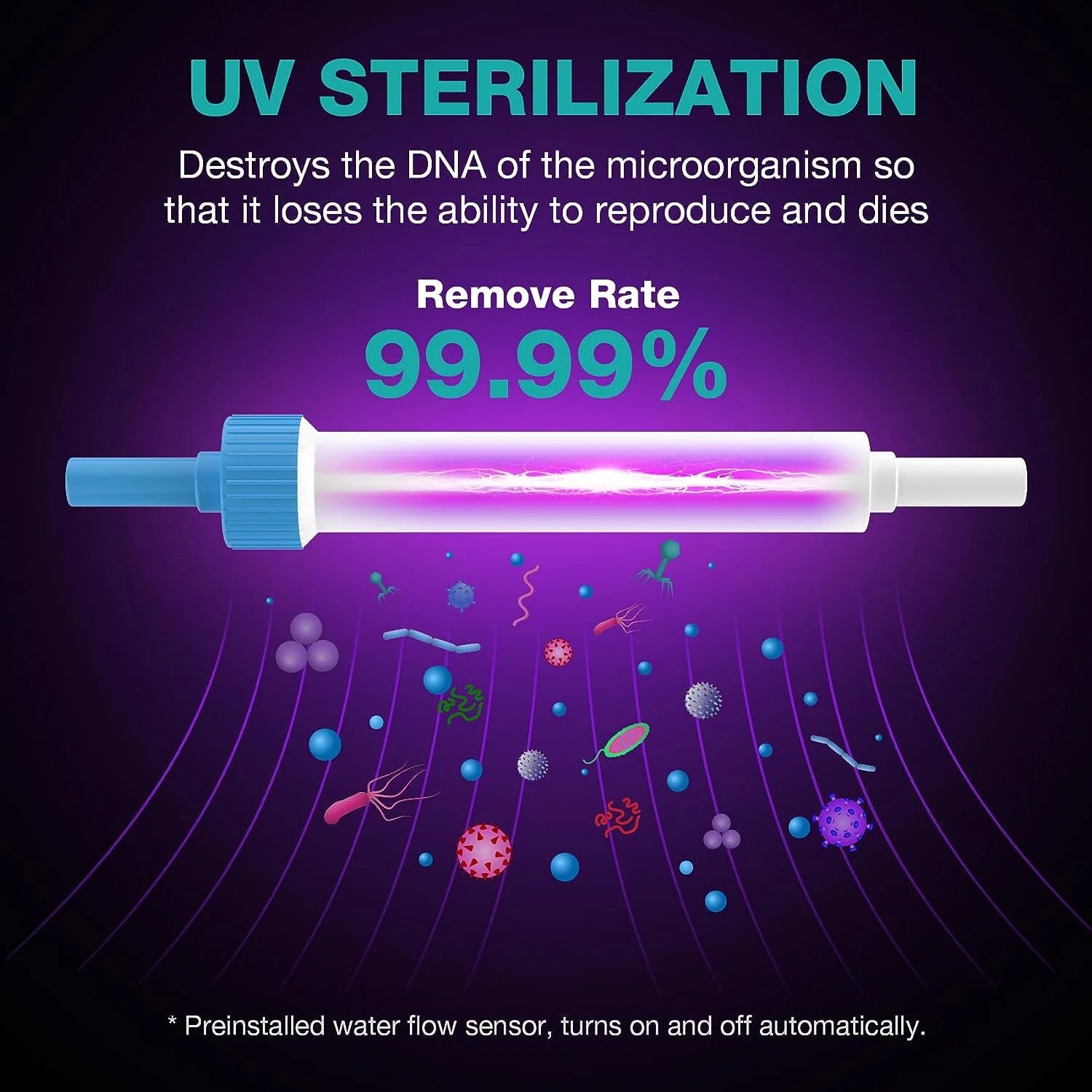
Worst: Systems with no additional features, limiting their effectiveness and convenience. These may miss out on additional purification methods like UV or mineralization, reducing overall quality.
Aspects to Consider When Choosing Your Own Best RO Systems
Rather than saying the “best” system, it’s more accurate to say the “most suitable” system, because what’s best for someone else may not be best for you. The market is full of options, and making the right choice requires thoughtful consideration. Here are five key areas to consider:
1. Is the Type of RO System Suitable for Your Environment?
Before choosing a system, assess your living conditions:
Can you drill holes? Most RO systems require permanent installation, including a faucet hole and wall mounting. If your sink doesn't have a reserved faucet hole, you’ll need to drill one.
Own or rent? If you're renting or in an older home where drilling into walls or countertops is not allowed or advisable, you may want to consider a countertop RO system. These are portable and don’t require permanent modifications.
For home or commercial use? If you're installing in a hotel room, Airbnb, or commercial kitchen where mobility is key, countertop systems are a better fit. If you own your home and want a higher flow rate, an under-sink RO system or a whole-house RO is a better choice.
2. Is the Size Appropriate?
Take careful measurements of the space where you plan to install the RO system. Look at the packaging dimensions, not just the machine's net size. You’ll need space for filter replacement and general maintenance. A tight fit might lead to inconvenient or frustrating use down the line, reducing your satisfaction and ultimately affecting how often you use the machine.
3. Is Your Setup Compatible with Pressure and Power Requirements?
RO systems require pressure to work. This pressure usually comes from:
Pressure tanks – These require additional space, often larger than the RO system itself. The larger the flow rate, the bigger the pressure it will need.
Electric pumps – If your system uses a pump, you’ll need an electrical outlet within ~1 meter that meets the system’s voltage and wattage needs.
Important Note: Most kitchen under-sink garbage disposals in the U.S. offer limited electrical capacity, and their sockets may not support a high-powered RO pump. You may need to upgrade the outlet or add another socket to meet the RO system’s requirements.
Failing to match the system’s power and pressure needs can lead to low water quality, poor flow, or even electrical hazards.
4. Is the Price Reasonable — Long-Term?
The cost of an RO system isn't just the unit itself. Think long-term:
- Installation costs — Will you install it yourself or hire a technician?
- Filter replacement costs — RO filters typically need to be replaced annually, while pre- and post-filters are changed every 6 months.
- Warranty and support — Does the company offer good after-sales service?
Different brands will advertise varying lifespans for their filters, but the actual lifespan depends on your water quality, usage frequency, and system design. Start with the base guideline and adjust based on your own experience.
5. Are the Features Suitable for Your Lifestyle?
If you want sparkling water or ice-making functions, look for countertop or inline countertop RO systems — most under-sink models currently don’t support these features.
If you use large amounts of purified water daily for drinking, cooking, or washing, an under-sink system is likely more appropriate due to its higher flow rate and more convenient faucet.
If you're focused on purity and TDS levels, under-sink systems tend to offer better performance with high-rejection membranes and smart monitoring features.
Conclusion
When people ask, "What is the best reverse osmosis filtration system?", the real answer lies in your specific needs. There’s no one-size-fits-all solution — the best system is one that fits your living environment, meets your water consumption needs, matches your budget, and delivers the performance and convenience you expect.
Take the time to understand the differences in technology, installation conditions, maintenance needs, and long-term cost. You can learn more on SimPure Blogs. Don’t just chase features or brands — choose based on suitability and lifestyle compatibility. Whether it’s a sleek countertop system for a rented apartment or a high-output under-sink RO for a large family kitchen, making an informed decision will ensure you get the most from your investment — clean, safe, and great-tasting water every day.





